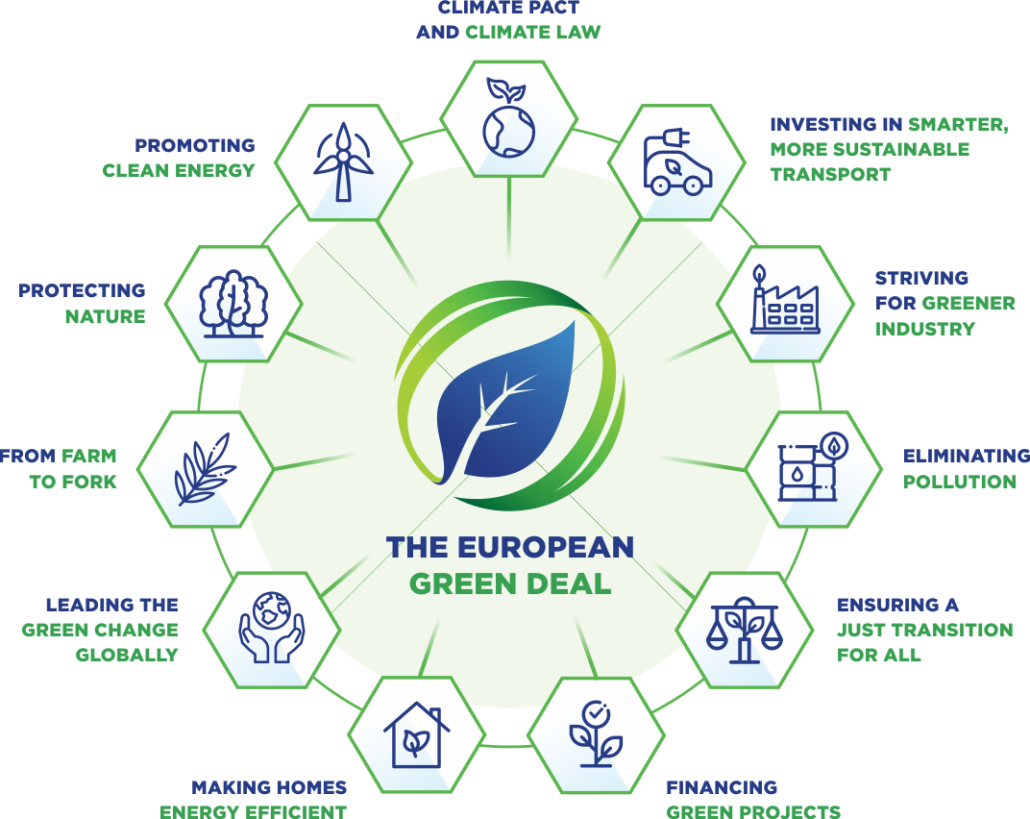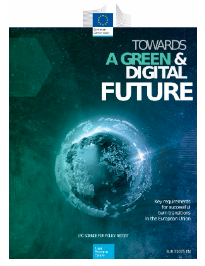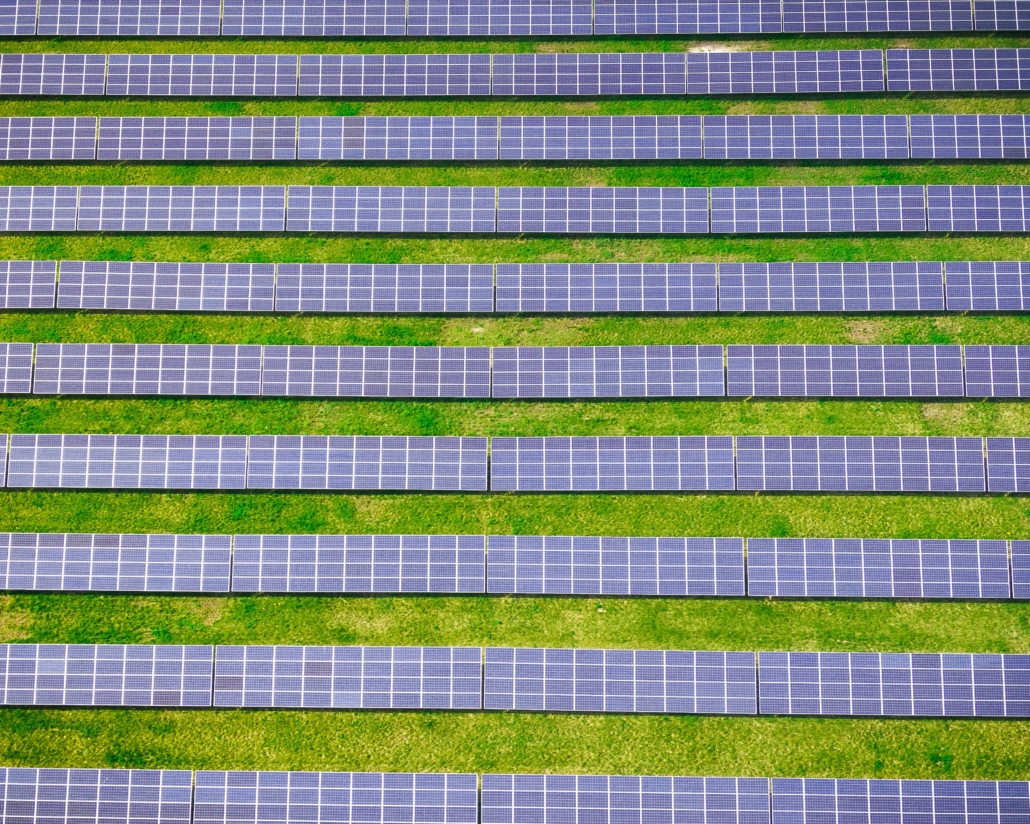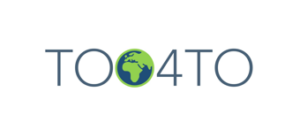Twin Transition: Coupling Green and Digital Transitions
Digital and green transitions have been on Europe’s top agenda as solutions for the biggest challenges the world is experiencing today, ranging from climate change to food security. While these two processes are distinct and require unique actions and steps to their end, they can also reinforce each other in fulfilling the EU Green Deal and global sustainable development goals.

Twin transition refers to the interplay between digital and green transitions: If properly used and managed, digital technologies can help economies become (more) resource efficient, circular and climate neutral. Similarly, green transition in energy and industry sectors can help meet the growing energy needs and reduce the environmental footprint of the digital sector.
For twin transitions to be successful and inclusive, understanding the synergies between digital and green transitions, and implementing proactive and inclusive policies and management mechanisms are needed. Promotion of twin transitions, therefore, requires engagement of players from all sectors: Thanks to its economic share, the private sector will have a big role in implementing twin transitions. However, to boost the benefits and minimize the negative side-effects in digitalization and greening processes as much as possible, engagement of the public and civil society sectors will also be needed.
Indeed, the JRC report on ‘Towards a green & digital future’, published earlier this year emphasizes the importance of “successfully managing the green and digital ‘twin’ transitions” for “delivering a sustainable, fair, and competitive future”. The comprehensive study analyzes the green and digital technologies in the context of twin transitions and shows how they can reinforce each other. This is done in reference to five industries (namely: agriculture, building and construction, transport and mobility, energy, and energy-intensive industries) and by giving concrete case study examples.

For instance, in the agriculture industry, “with environmental monitoring and tracking, digital tools can help gather knowledge of areas such as biodiversity deficits and prioritize actions to preserve it” (p. 25). In the energy industry, for example, “Simulation and forecasting using digital technologies can speed up research and development cycles for new materials, products, processes, or business models in areas where zero-carbon and green technologies are not yet competitive” (p. 44).

The report also presents the social, economic and political factors that influence the twin transitions, by referring to the recent crisis we have been experiencing, such as the Covid-19 pandemic and Russia-Ukraine war. Finally, it presents the main challenges against successful twin transitions in social, technological, environmental, economic and political contexts, and discusses what can be done to cope with these challenges. For example, “ensuring ethical use of technology” is critical for addressing concerns related to data protection and surveillance. Similarly, “ensuring diversity of market players” is important to cope with capacity- or market-entry-barriers, especially for smaller organizations (p. 75) [Read More: Towards a green and digital future].
–
It is well known that innovation is indispensable in finding solutions to the sustainability-related challenges we experience today. Coupling the design and implementation of digital technologies with sustainability initiatives, in other words twin transitions, can contribute to solving these challenges. It is therefore important that the concept is well understood and accepted by actors from public, private and social sectors; and promoted by higher education institutions through (further) research and training offers in the field.
–
TOO4TO project aims at supporting students and professionals in expanding their knowledge and skills in topics related to sustainability and sustainable management. The link between emerging digital technologies and sustainability is one of the topics that has been addressed in the TOO4TO training curriculum and e-learning modules. Follow our project and its outputs to learn more about sustainability-specific topics.
Written by Global Impact Grid
References:
JRC Report on ‘Towards a green and digital future’. Available at: https://publications.jrc.ec.europa.eu/repository/handle/JRC129319
Image Sources:
Image 1: https://euinasean.eu/eu-green-deal/
Image 2: https://publications.jrc.ec.europa.eu/repository/handle/JRC129319
Image 3: https://unsplash.com/@dereksutton


